5 seasonings you can grow at home to transform your recipes
Here are five herbs and spices to turn up the flavor in holiday dishes and more
Any good chef knows it’s all in the seasonings! The right blend of herbs and spices can make or break a recipe. Many of your favorite herbs and plants can be grown in your own backyard with minimal effort. Here are five herbs you can add to your kitchen garden.
1.Bay Leaf
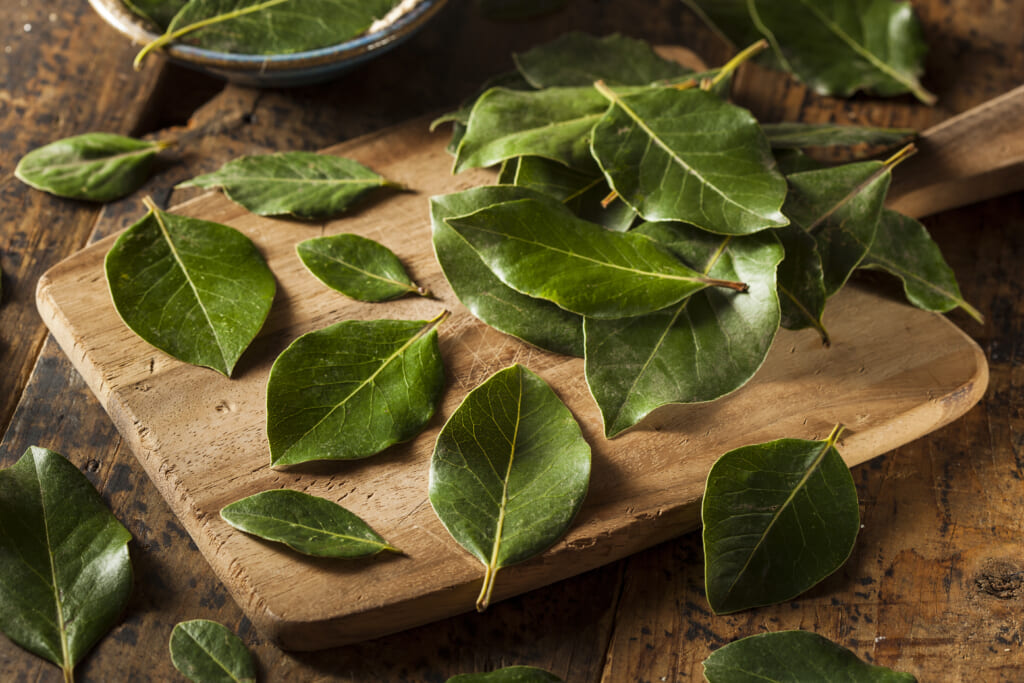
No stew is done right without bay leaves. They come from bay laurels and make great container plants. You can grow them outdoors in good weather and then bring them indoors near natural sunlight during the winter. They also grow well in greenhouses and are mostly used in stocks and sauces. Here are some recipes that feature them.
2. Mint
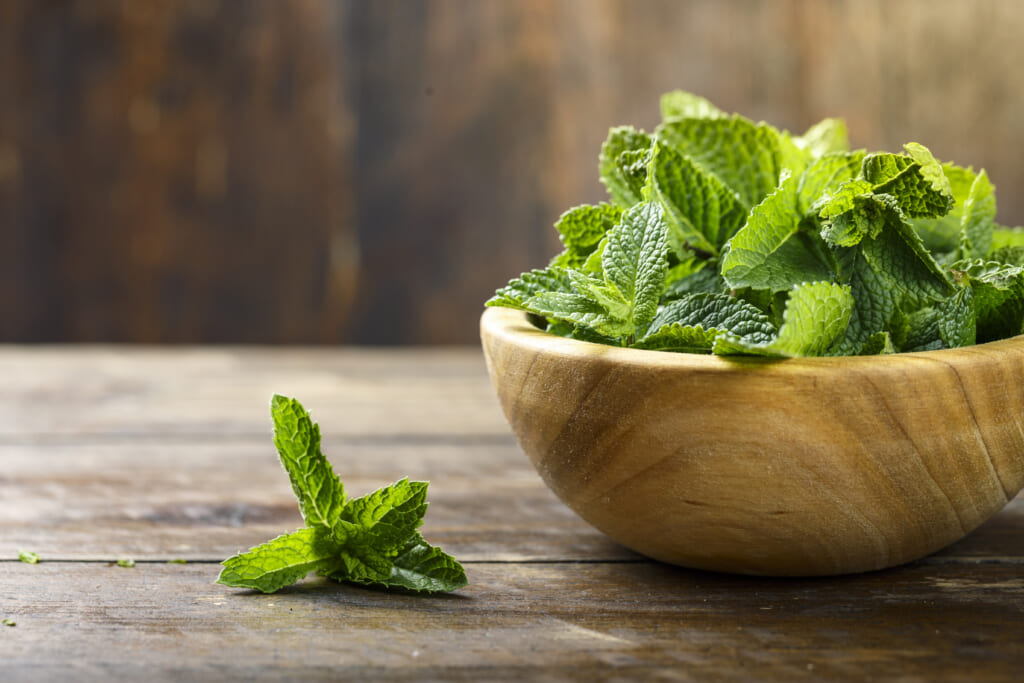
Whether you love mojitos or fresh breath, mint is a must-have in the kitchen. However, before you grow mint, remember that it’s considered an invasive plant. Mint will spread and take over your garden, so it’s best grown in containers. Mint is a versatile herb that can be used in recipes both sweet and savory. You can find recipes here.
3. Parsley
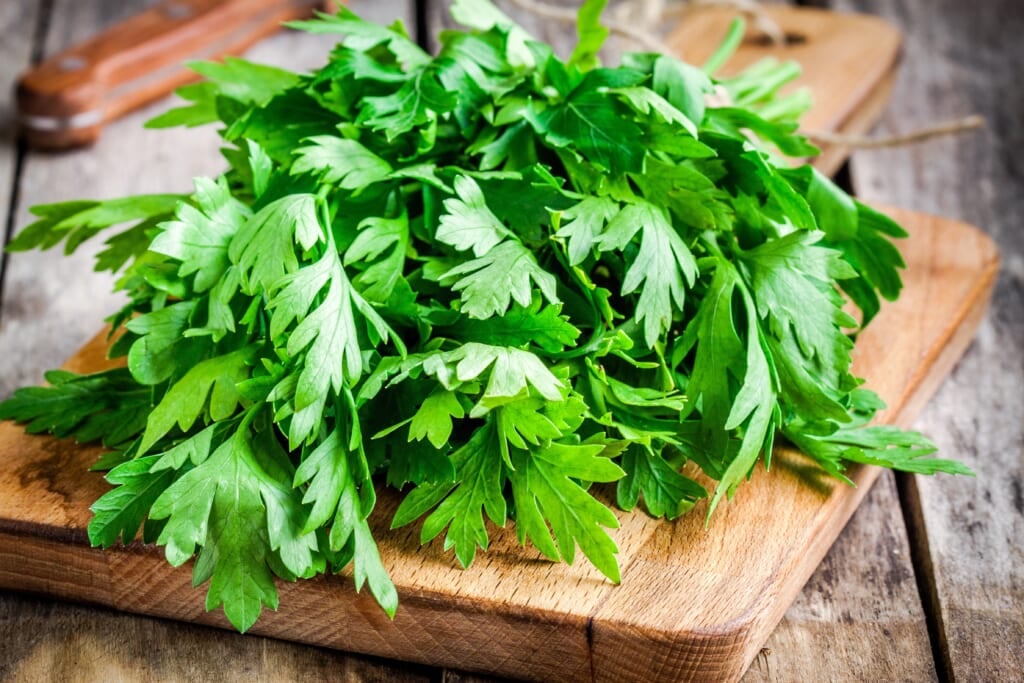
Parsley is a staple herb in any kitchen. More than just a garnish, parsley adds bright color and flavor to soups, salads and fresh sauces. You can use it to make delicious pesto, stuffing, chicken, fish and vegetable dishes. Remember to harvest individual leaves by pinching stems off near the base, then grow in a deep pot with rich, organic potting soil and strong light. You can find recipes here.
4. Cilantro
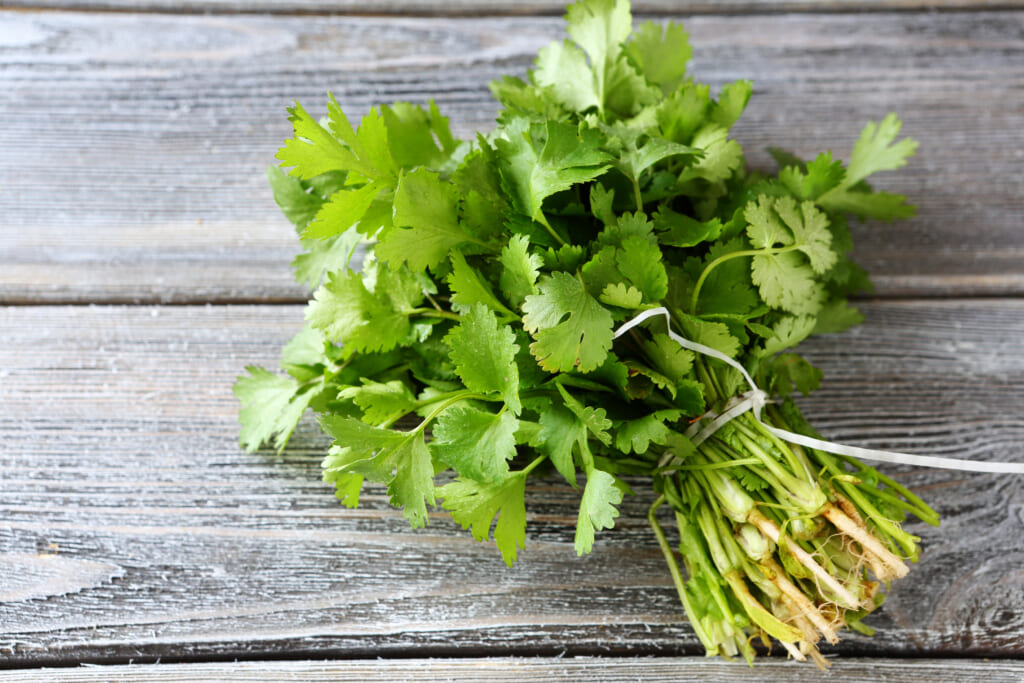
Cilantro is perfect for adding to Mexican, Chinese, Southeast Asian, and Indian cuisines. The seeds of cilantro are known as coriander. When growing cilantro, keep in mind it grows early in the season and doesn’t like when the ground becomes too warm. Here are some recipes with cilantro you can try.
5. Oregano
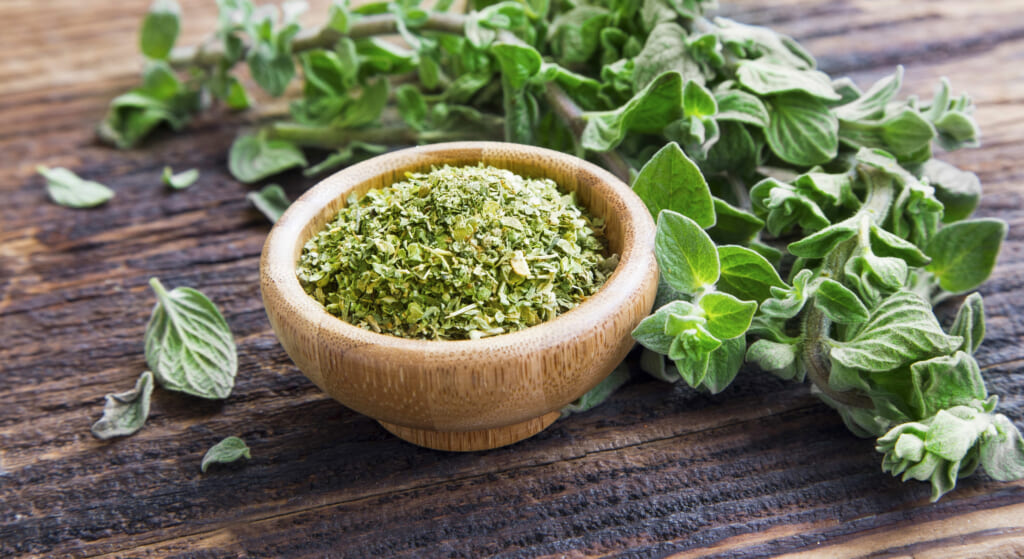

5 recipes for healthier holiday dinners
Oregano is a member of the mint family and is a must for Italian, Mexican, Central American, and Middle Eastern cuisines. You can strip the leaves from snipped stems and add them to tomato sauces, meat, casseroles, soups, and stews. When you grow oregano, remember to water the surface of the soil when it becomes dry, but don’t let it dry out. Give the plants moderate to strong light. Here are recipes that use oregano that you can try.
Have you subscribed to theGrio podcasts “Dear Culture” or “Acting Up?” Download our newest episodes now!
TheGrio is now on Apple TV, Amazon Fire and Roku. Download theGrio.com today!

